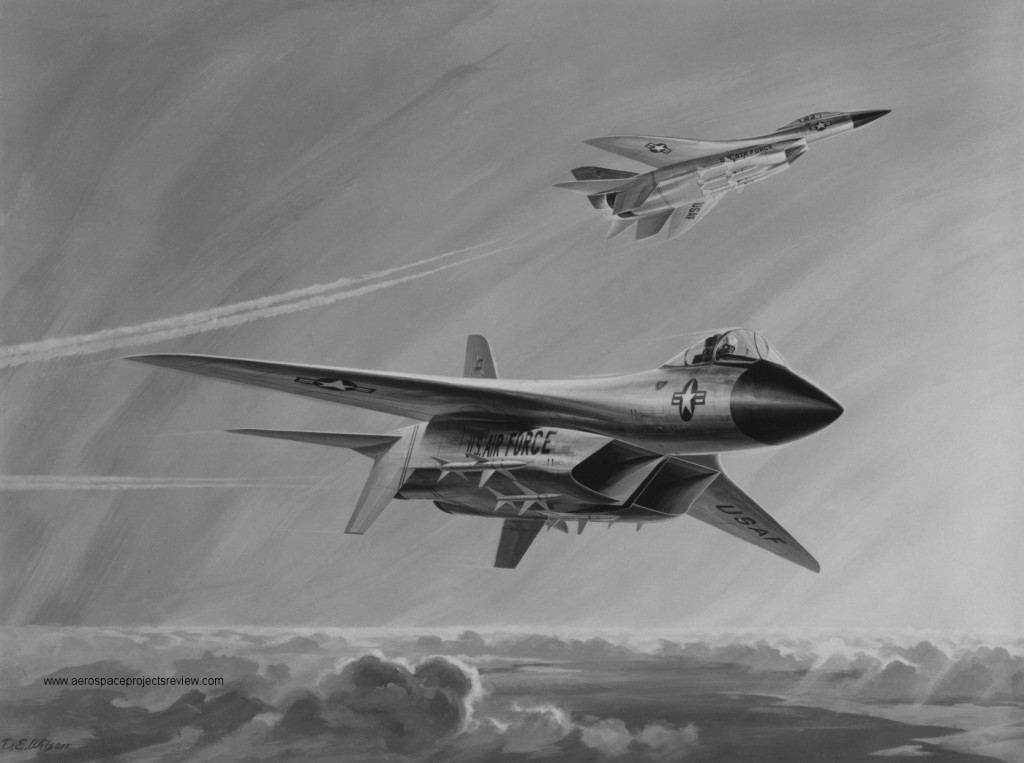Alexander Lippisch, arguably the inventor of the delta wing, spent most of his post-war years in the US working on advanced or just plain odd aircraft concepts. One concept that seemed to fascinate him was the “aerodyne,” where most of the fuselage served as a duct for the propulsion system, and through the use of louvers the thrust could be directed either aft for forward thrust or down for vertical thrust. The bulk of his aerodyne concepts were devoid of wings, relying instead on directed thrust for lift at low speed and fuselage lift at higher speeds. Wind tunnel tests proved that the concept was viable, if not entirely practical… and certainly not exactly the safest designs in the event of an engine-out situation.
While all of the aerodyne concepts were unusual, this one pretty much takes the cake: not only wingless, but the planform shows that it’s not only an elongated teardrop, but a teardrop with a great big hole in it. The vehicle was something of a twin-fuselage design, but one where the fuselages are curved and join together at nose and tail.
The design features conventional inlets alongside the nose, with a long “slot” along the fuselage. This slot served as the exhaust for the engine(s), using the Coanda effect to increase thrust at low speed. The twin fuselage layout would, at least theoretically, serve as a duct, with the Coanda effect increasing thrust a little more. It seems probable, though, that the added thrust would be more than offset by increased weight.
















